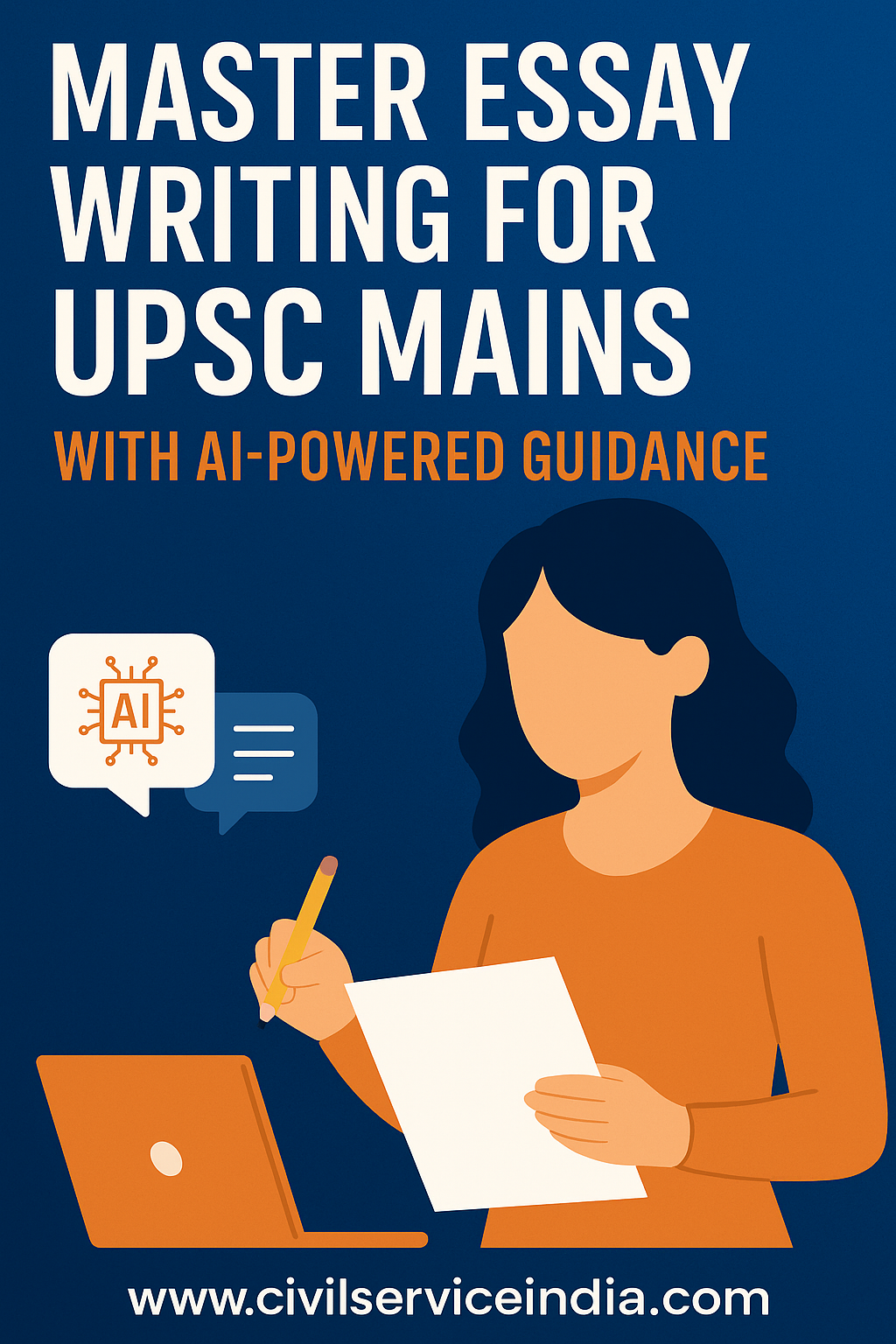Urdu Preparation Strategy & Expert Tips for IAS Exams
Urdu Literature is a niche but scoring optional for UPSC Mains, especially if you have a strong command of the language (reading, writing, and grammar). It's ideal for candidates with Urdu as a medium in schooling or graduation, as it leverages existing proficiency. Based on recent trends (2023-2025 papers), the subject favors interpretive, analytical questions over rote learning, with a shift toward socio-political contexts in modern literature. Success rates hover around 5-8%, but top scores reach 280-300 marks. In 2025, questions emphasized contemporary relevance, like gender roles in poetry and cultural hybridity in prose.
Syllabus Overview
The syllabus divides into Paper 1 (language history, grammar, criticism) and Paper 2 (prescribed texts: poetry, prose, drama). Total: 500 marks (250 each). Expect 8-10 questions per paper, with compulsory passages/translations (20-30 marks).
High-Weightage Portions and Trends (2023-2025 PYQ Analysis)
60-70% questions come from interpretive analysis of texts (Paper 2) and evolution/criticism (Paper 1). Recent trends show increasing focus on:
- Interdisciplinary links: Socio-political influences (e.g., Partition in modern prose, feminism in poetry).
- Comparative questions: Classical vs. modern (e.g., Mir vs. Faiz).
- Passage-based: 2-3 unseen excerpts per paper (15-20 marks), testing translation and critique.
| Paper | High-Weightage Topics | Recent Trends | Marks | Tips |
|---|---|---|---|---|
| Paper 1 | Evolution of Urdu, Grammar (syntax, prosody), Literary Criticism | Focus on Dakhni Urdu, socio-linguistic features, critics’ notes | Evolution: 50-60, Grammar: 40-50, Criticism: 60-70 | Structured notes help score easily; syllabus mostly static |
| Paper 2 | Poetry (Mir, Ghalib, Iqbal, Faiz), Prose (Premchand, Manto, Chughtai), Drama | Progressive themes, gender issues, comparative poetry | Poetry: 80-100, Prose: 70-80, Drama: 40-50 | Focus on core authors; practice deep reading and unseen passages |
Deep Strategy to Score 250+ Marks
Urdu Literature requires analytical expression in Urdu script. Toppers emphasize: "Effort + right approach = 240-260 marks." Aim for 130+ per paper via structured practice over 6-8 months.
Phase 1: Foundation (1-2 Months)
- Cover 80% of syllabus; identify strengths.
- Daily: 2-3 hours reading, note-making, PYQ analysis.
- Focus on prescribed texts and grammar fundamentals.
- Make micro-notes: Key quotes + 3-4 analytical points + socio-political link.
- Avoid over-reading; stick to syllabus-prescribed authors.
Phase 2: Integration & Practice (2-3 Months)
- Convert knowledge to 150-200 word answers; target 70% accuracy.
- Daily: 3-4 hours, including writing practice and feedback.
- Practice analytical framing: Intro + Evidence + Conclusion.
- Mock tests: 1 full paper/week; self-evaluate structure, content, language.
- Use diagrams/tables for extra marks; practice in Urdu script.
Phase 3: Revision & Refinement (1-2 Months)
- 3-5 revisions; simulate exam pressure.
- Daily: 2 hours, revision + timed answers.
- Error analysis: Focus on weak areas (e.g., grammar, drama).
- Exam day tactics: Scan paper, attempt 70-80% questions, precise Urdu writing.
- Integrate with GS for socio-political angles.
Recommended Resources (3-5 Books Max)
- Paper 1: Urdu ki Lisaani Tashkeel, Tarikh-e-Zuban-e-Urdu
- Paper 2: Securing Loung (Mir), Diwan-e-Ghalib, Zarb-e-Kalim (Iqbal), Dast-e-Saba (Faiz), Godan (Premchand), Angaarey (Manto/Chughtai)
- Practice: UPSC PYQs (2010-2025), test series from Jamia Millia or local Urdu institutes.
- Supplementary: Toppers’ strategy videos and interviews.
Why This Strategy Works
- High scoring potential: Literature rewards expression over rote facts.
- Efficient: Focuses 70% effort on Paper 2; PYQ-driven for theme repetition.
- Mindset: Treat Urdu as storytelling linked to life and socio-political context.
- Risk mitigation: Non-Urdu background candidates can test via mocks before fully committing.

